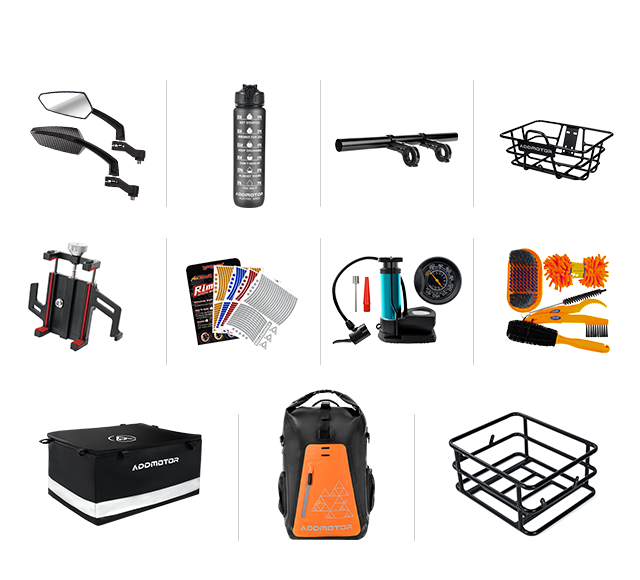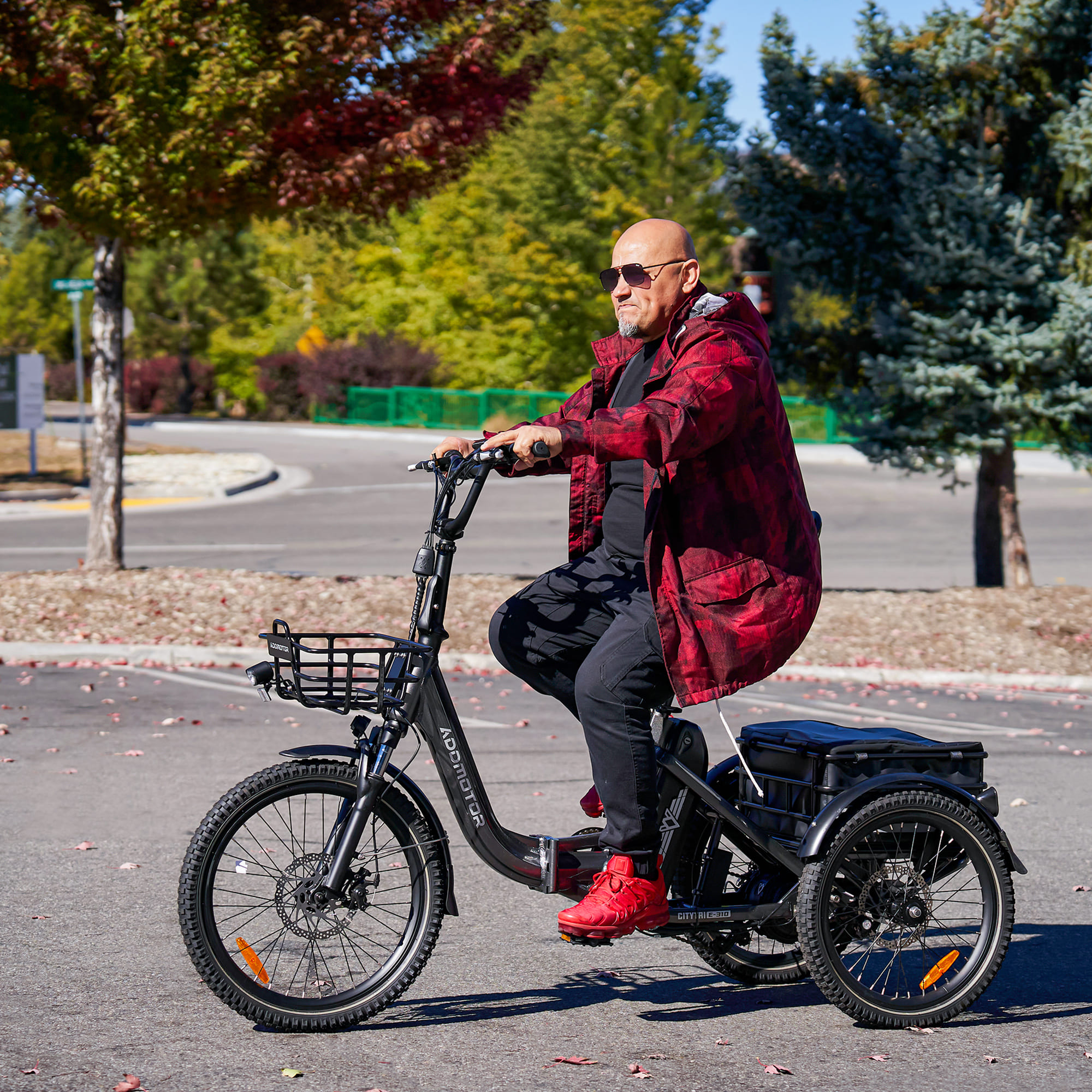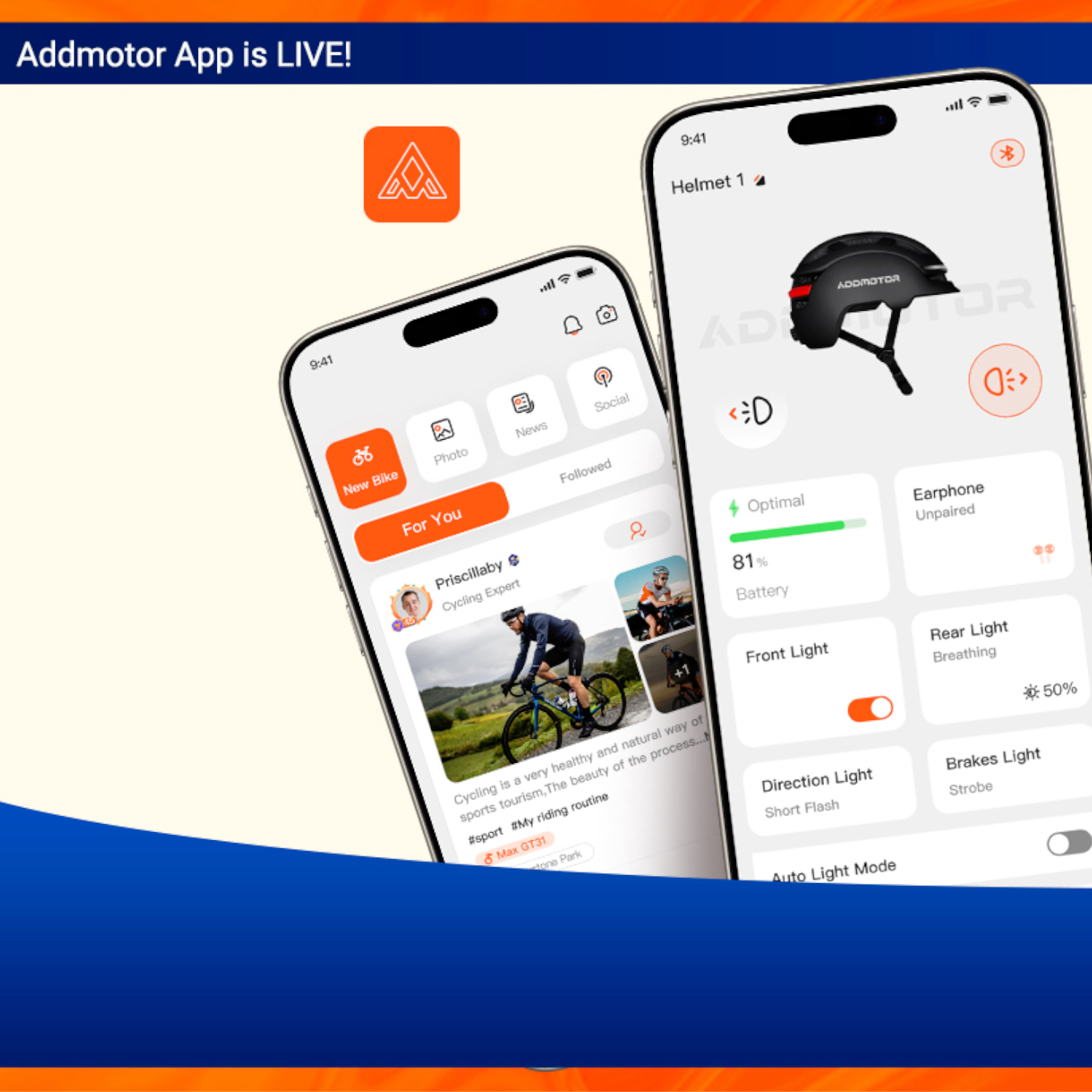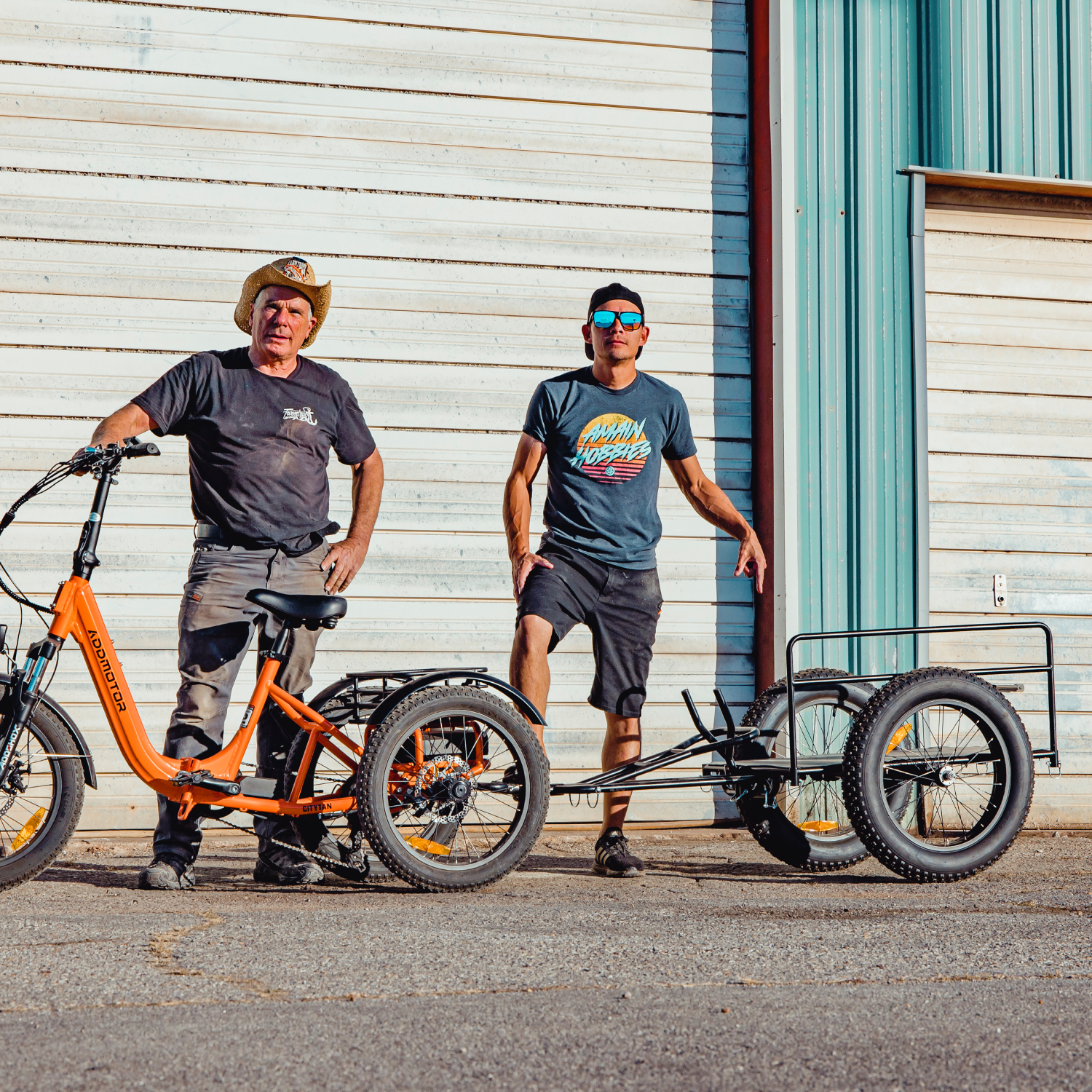8 Important Factors that Affect the Range of Ebike
By Addmotor | 30 January 2023 | 1 Comments
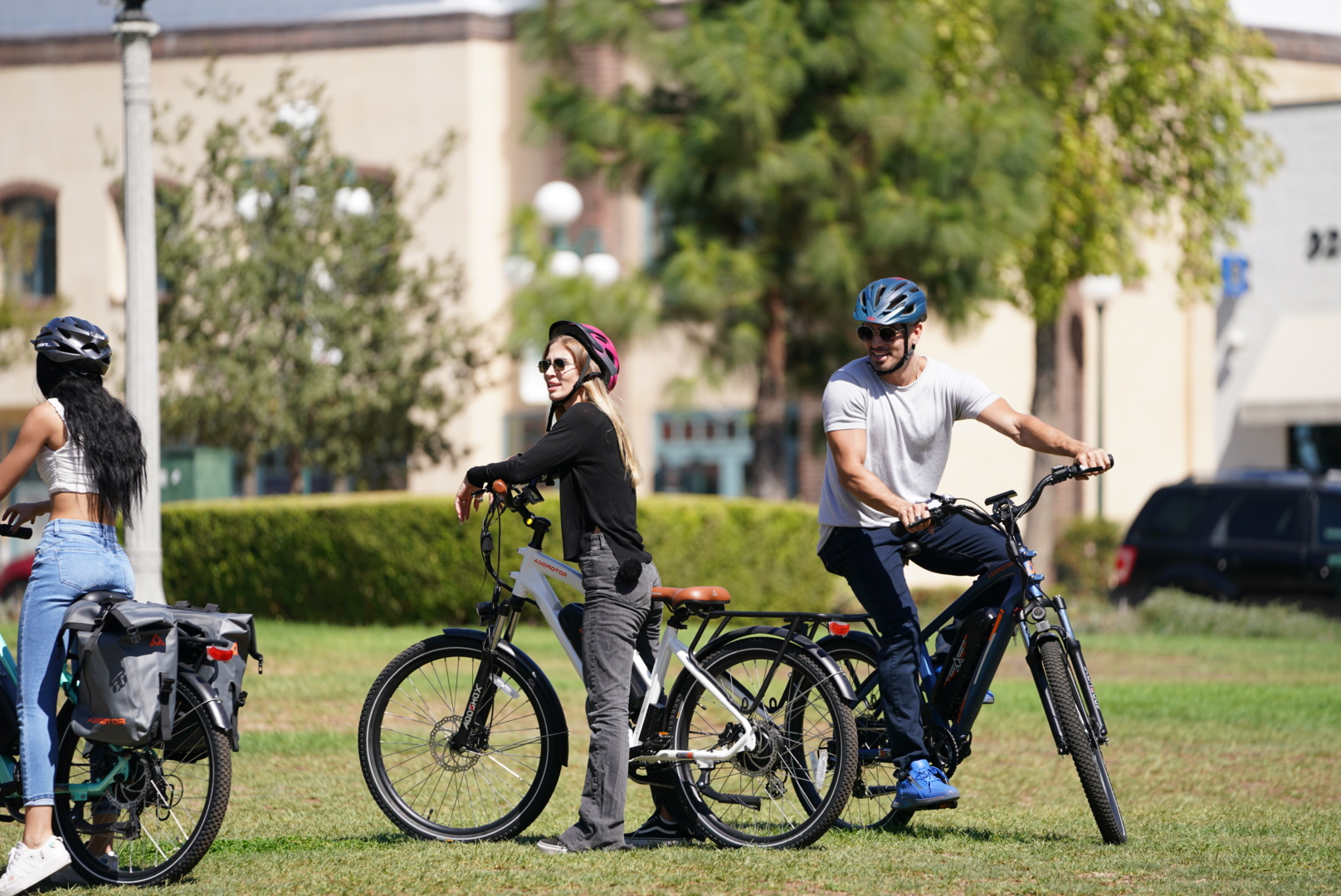
Electric bikes have become increasingly popular in recent years, providing an eco-friendly and efficient mode of transportation. However, one of the most common concerns among e-bike riders is the range of their vehicles. How far can you travel on a single charge? This is a valid question, as the range of an e-bike can vary greatly depending on a number of factors and it might be hard to find an electric bike with maximum range.
In this article, we will discuss eight essential factors that can affect the range of an e-bike. Let’s get started.
1. The Battery Capacity
Battery capacity is arguably the most important factor in determining the range of an e-bike. Simply put, the larger the battery capacity, the longer the range. This is because a larger battery can store more energy, allowing the e-bike to travel farther on a single charge.The industry standard for e-bike battery capacity is measured in watt-hours (Wh). The higher the watt-hours, the greater the capacity, and the longer the range. It's important to keep in mind that while a larger battery may offer a longer range, it also tends to be heavier, which can impact the overall weight and performance of the e-bike. Finding the right balance between battery capacity and weight is crucial for optimizing the range of an e-bike.
2. Using Heavy Tires: The Hidden Range Killer
Heavy tires can significantly affect the range of electric bikes. Tires with more weight require more energy to move and roll, which in turn reduces the distance the e-bike, can travel on a single charge. This is because heavier tires increase the overall weight of the e-bike, which results in more energy being required to move the bike, reducing the range.Furthermore, heavier tires can also cause increased resistance while riding, further decreasing the range. To optimize the range of an eletric bike, it's important to choose lightweight tires and regularly maintain the appropriate tire pressure. By using lightweight tires, you'll be able to travel farther on a single charge while reducing resistance and increasing the overall efficiency of the e-bike.
3. Riding Conditions: A major Impact on Range
The riding conditions can have a major impact on the range of an e-bike. Riding on flat surfaces requires less energy than riding uphill or on rough terrain, which can significantly reduce the range. The steeper the incline, the more energy is required to power the e-bike up the hill.Similarly, riding on rough terrain can increase resistance and decrease the range. When it comes to maximizing the range of an e-bike, it's important to plan your route and consider the terrain. Avoiding hilly and rough terrain will help to conserve energy, extending the range of the e-bike.
4. Weight: The Heavy Impact on Range
The weight of the e-bike, including the rider and any cargo, also plays a critical role in determining the range. The heavier the e-bike, the more energy is required to move it, reducing the range. The power needed to move the e-bike increases with the weight of the vehicle, rider, and cargo, thus leading to a decrease in the range. This is because the energy from the battery must be used to overcome this weight and propel the e-bike forward.5. Frequent Starts and Stops: The Costly Impact on Range
The e-bike's range can also be affected by the riding style and habits of the rider. Making frequent starts and stops can consume a significant amount of energy, and ultimately, reduces the range. This is because every time the bike comes to a stop, it requires more energy to accelerate from a standstill.Additionally, when the rider frequently uses the throttle or pedal-assist feature to accelerate the e-bike, this can consume more energy and decrease the range. To maximize the range of an e-bike, it's important to plan ahead, and use the throttle or pedal-assist feature judiciously. By minimizing frequent starts and stops, you'll be able to conserve energy and extend the range of the e-bike.
6. E-bike Assist Level: Balancing Power and Range
The assist level on an e-bike, also known as pedal-assist or power assist, can have a significant impact on the range. E-bikes are designed to provide various levels of assistance, allowing the rider to choose how much power they want the electric motor to provide.However, the more power the motor provides, the more energy it consumes and therefore the shorter the range. This is because the higher the assist level, the more energy is required to power the motor, and the less energy is left to extend the range.
7. Tire Pressure
Proper tire inflation can make a big difference in the range of an e-bike. Under-inflated tires can increase resistance and decrease range. Tires that are not properly inflated have more rolling resistance, which requires more energy to move the e-bike. This leads to a decrease in the range, as more energy is required to cover the same distance. In addition, under-inflated tires can also wear out faster and may cause damage to the rims and tubes, leading to costly repairs.To maximize the range of an e-bike, it's important to check the tire pressure regularly and inflate the tires to the recommended pressure.
8. Weather Conditions: The Impact on Efficiency
The weather conditions can have a considerable impact on the range of an e-bike. The efficiency of the e-bike's battery can be affected by extreme temperatures, either too hot or too cold, this can reduce the range. Additionally, riding in high humidity conditions can also decrease the range, as the moisture in the air can reduce the performance of the e-bike's battery. On the other hand, riding in mild weather conditions with low humidity and moderate temperature can help to maintain the battery's efficiency and increase the range.Furthermore, wind resistance can have an impact on energy consumption too, headwinds can significantly increase the power required to maintain the same speed, reducing the range.
Final Words
In conclusion, the range of any long-range electric bike is determined by a combination of factors. These factors might include the capacity of the battery, the weight of the bike and rider, the terrain, the riding style, the use of assistive features, and external conditions such as temperature and wind. By understanding and optimizing these factors, e-bike riders can extend the range of their bikes and enjoy a more efficient and enjoyable riding experience.Recently Reviews
Read MoreLeave a Reply
Your email address will not be published.Required fields are marked. *
Latest Stories

